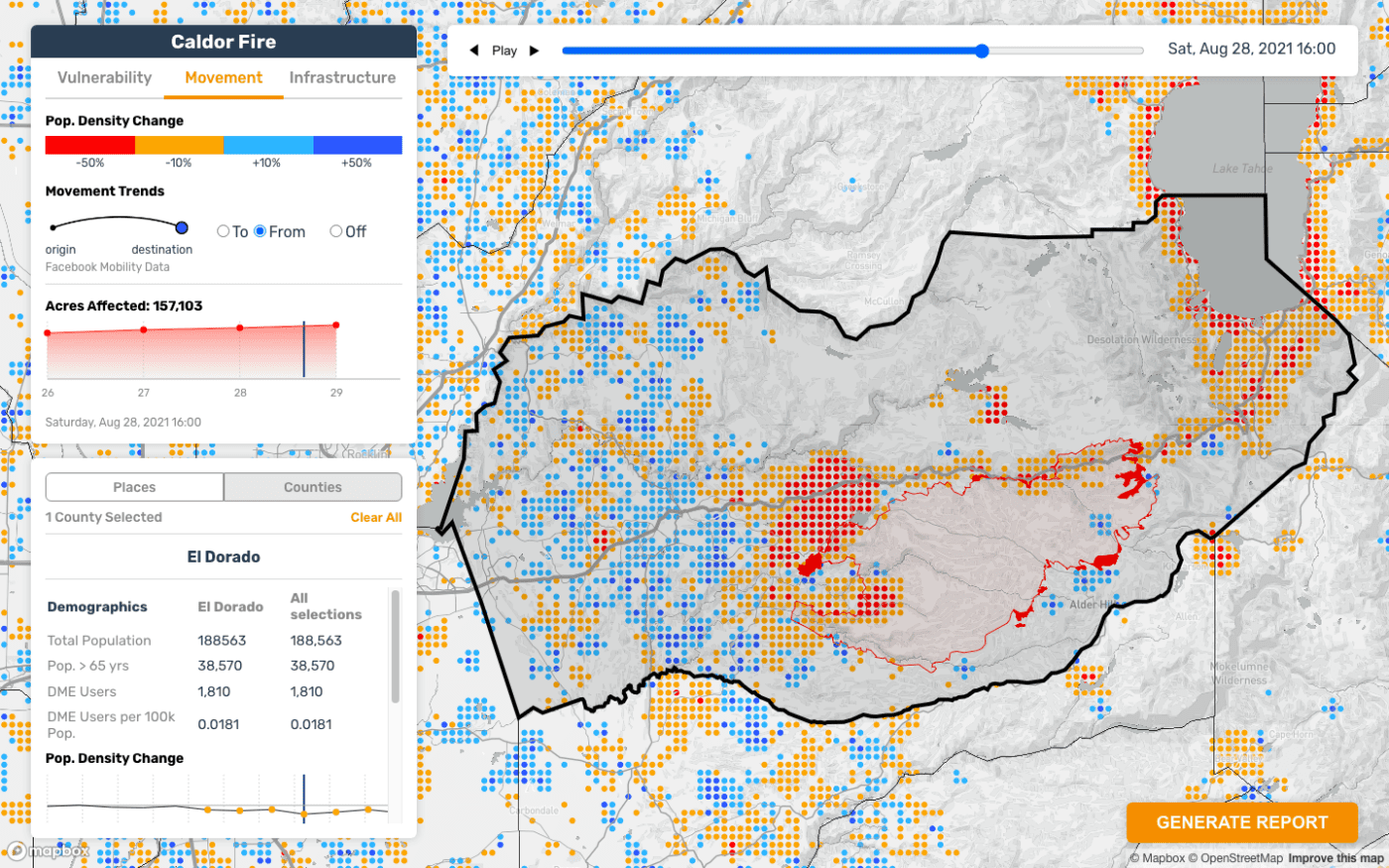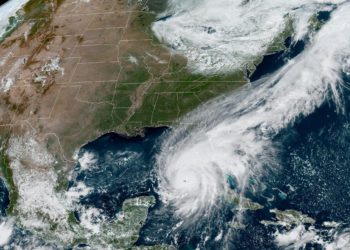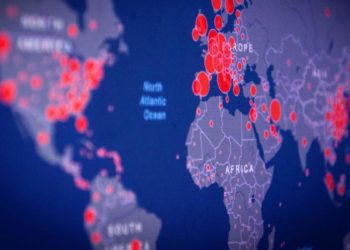Climate change continues to intensify extreme weather events, such as wildfires and hurricanes, leading to the temporary or even permanent displacements of populations. These events, compounded by disruptions to infrastructure, employment, and social ties, can severely hinder access to healthcare, resulting in long-term health implications.
A pivotal challenge in addressing these issues lies in the fragmented storage of valuable data across private and public sectors.
In a published case report in the Journal of Climate Change and Health, the CrisisReady team presents its framework for integrating novel data into emergency preparedness, response, and recovery models. Through two case studies, the report outlines CrisisReady’s methods of accessing, analyzing, and translating novel data, such as anonymized location data from cell phones, in response contexts while maintaining a balance between data security and public health utility.

One standout tool, ReadyMapper, exemplifies the framework by providing real-time information of population mobility, baseline community vulnerabilities, and health system capacity. This tool has been deployed during an array of natural disasters and humanitarian crises, from hurricanes in the United States to floods in Libya.
Central to CrisisReady’s approach is the Data-Methods-Translational framework, a model emphasizing collaboration with policymakers and response agencies. Its adaptability and focus on real-world application position it as a crucial asset for formulating evidence-based strategies, ensuring public health remains safeguarded as we navigate the challenges of climate change.
The Data Readiness, Methods Readiness, and Translational Readiness models are described below.
Data Readiness
To address the health impacts of disasters, comprehensive data is essential. This includes information on human mobility, medical vulnerabilities, infrastructure, and hazard specifics like fire zones or flood areas.
While private corporations own some of this data, such as mobility data or satellite images, other critical datasets rest with federal agencies but aren’t easily accessible to local responders. Gaining real-time access to these varied data sources can be a complex process, often needing lengthy negotiations and trust-building among scientists, tech companies, response agencies, and the communities involved.
CrisisReady’s reports and tools draw from multiple data sources, both public and private. Securing this data involves pre-established agreements to ensure that the necessary data flows are in place during disasters. However, these datasets aren’t always compatible or easily usable. Making them work together requires specialized processing. CrisisReady’s collaborative approach involves data scientists, legal professionals, and public health experts to ensure data is used ethically, prioritizing both individual privacy and public health benefits.
Methods Readiness
Using data to make decisions requires a thorough evaluation of the source. For instance, mobility data from tech giants like Mapbox, Cuebiq, and Meta are influenced by the users of specific apps and devices. Such data might not always be a true representation of the wider population due to potential biases.
Ensuring the accuracy and relevance of this data requires a multi-faceted approach. At CrisisReady, we collaborate with a diverse group of experts, ranging from public health professionals and data scientists to humanitarian responders. We also consider the firsthand experiences of those affected by disasters and the professionals responding to them. This helps us decide what kind of information to provide, its purpose, and its audience.
By actively involving stakeholders, including impacted communities, we ensure our methods and tools are fit for purpose. Addressing potential issues before a disaster strikes enables us to communicate more effectively and transparently during crises.
Translational Readiness
Translational readiness is about ensuring that valuable data and insights are not just technically accurate but also practically usable in real-world situations. Even the best analysis can fall short if those in the field find it unfamiliar or hard to use.
To make data insights more actionable, the CrisisReady team actively includes end-users throughout the development process. By doing this, it is ensured that the team’s analytic tools meet the needs of the people who rely on them. It’s not just about creating tools but making sure they can be effectively integrated into decision-making.
This has also led the CrisisReady to work closely with potential users, refining our tools based on their feedback. Additionally, we’ve fostered partnerships with academic institutions, governmental bodies, and response agencies. Through joint efforts like workshops and training sessions, we aim to expand the capabilities of all involved, from introducing new analytical methods to embedding mobility data into national disaster planning.
To learn more, follow the link provided below to the full journal publication.



